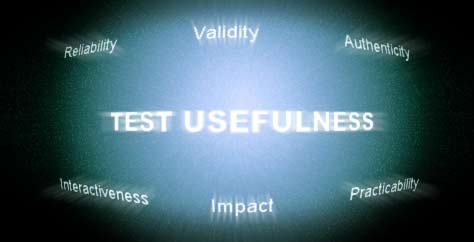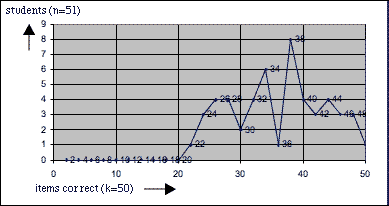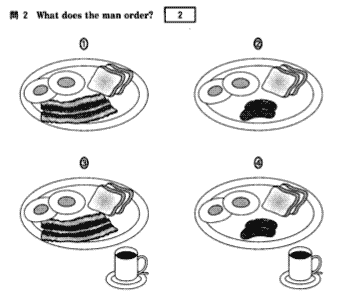Authentic Communication: Proceedings of the 5th Annual JALT Pan-SIG Conference.
May 13-14, 2006. Shizuoka, Japan: Tokai University College of Marine Science. (p. 74 - 98).
So what are we listening for?
by Kristie Sage (Komazawa University & Gakushuin Universities) |
|
Through comparing and contrasting the English listening sections of the Test of English as a Foreign Language Internet Based Test (TOEFL® iBT) and the 2006 Japanese National Centre Test (J-NCT), the development of a test higher in construct validity for the later is proposed by this research. The J-NCT has a significant gate-keeping function and this is the first study to systematically examine the test items used in the J-NCT English listening section utilizing both empirical and judgmental analyses. This study examines issues such as construct breadth and response formats. It concludes that the listening score of the TOEFL® iBT is a better indication of students' English listening ability than the J-NCT as it is more integrative and representative of both academic and conversational discourse domains. Keywords: Japanese National Centre Test (J-NCT), construct validity, item analysis, empirical analysis, judgemental analysis, constructs, test items, integrative testing, TOEFL® iBT (Test of English as a Foreign Language Internet Based Test)
|




